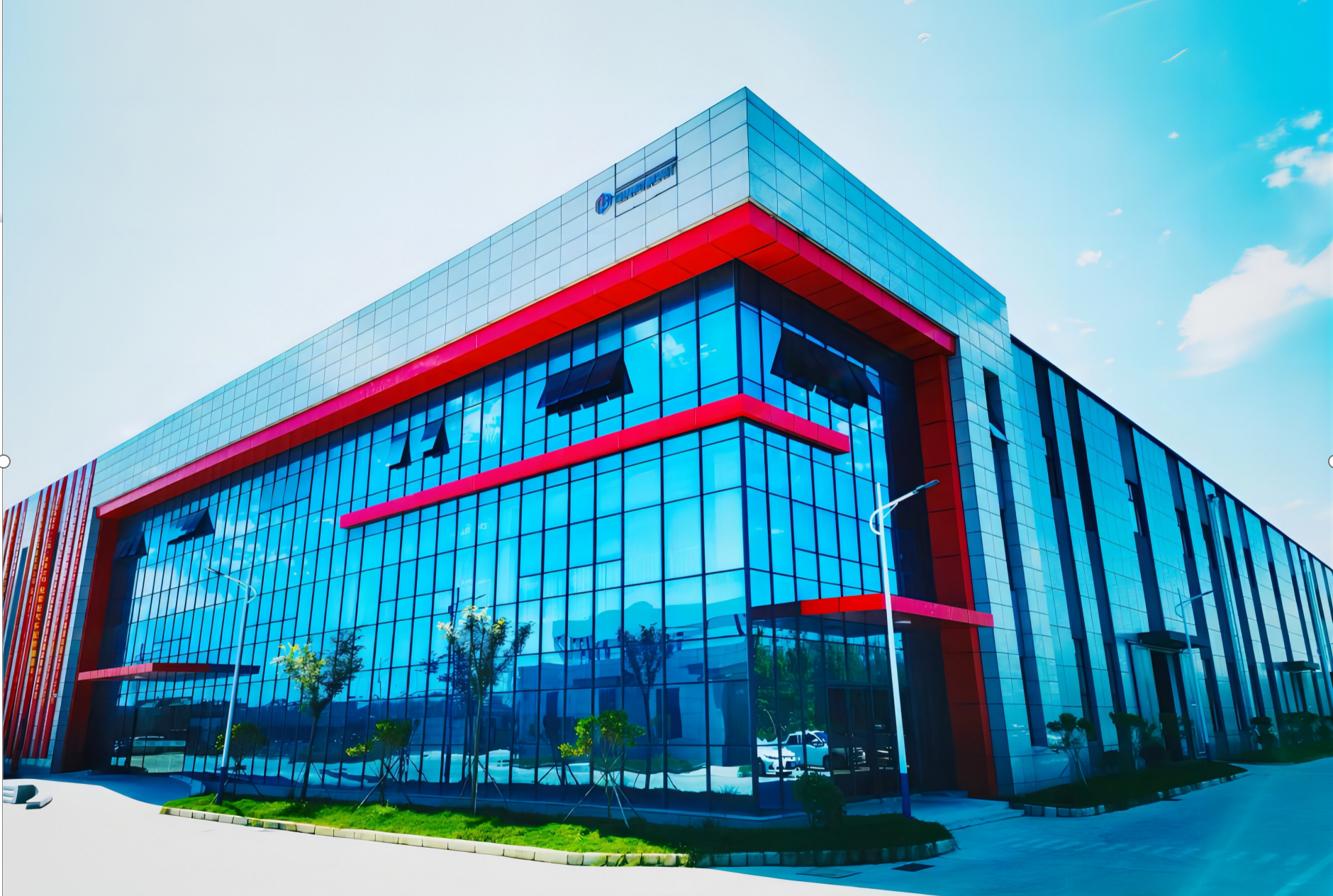COMPARISON

The differences between traditional die-casting and C&Y multi-slide die-casting are as follows:
In traditional die-casting machines, the mold is first preheated and lubricated. Molten metal is then poured into the pressure chamber of the die-casting machine, and the energy of the hydraulic system is used to push the plunger, thereby forcing the molten metal into the mold cavity at high speed and pressure. Once the metal has solidified, the die-casting mold is opened to eject the casting.
In multi-slide die-casting machines, all molds are in place. After filling with molten metal, under the control of the die-casting machine, multiple slides begin to move and close the mold according to preset trajectories and positions. Once the slides are fully closed, the die-casting machine injects the molten metal into the cavity at high speed and pressure. The molten metal quickly fills the cavity under pressure and solidifies within it to form the casting.
During the casting process, the runner system in multi-slide die-casting is smaller than that in traditional die-casting machines, resulting in less material loss, a shorter production cycle, and the ability to produce in large quantities. Additionally, there are optimizations in the die-casting process. The major drawback of traditional die-casting is that air and impurities may be introduced during the process, making it difficult for the quality of the components to match the high-precision small components produced by multi-slide die-casting machines.

Using this product as an example, when enlarged to the same scale, we can visually observe that the product produced by traditional die-casting machines generates significant waste and weighs 60 grams. This is because the molten metal enters the die from the side of the mold.
In contrast, C&Y multi-slide die-casting injects molten metal through the parting line, resulting in minimal waste, which is only 8% of the waste generated by traditional die-casting.
Furthermore, there is a significant difference in size between the two after the initial die-casting. The product produced by traditional die-casting is approximately 250x250 mm, while the size of the product produced by multi-slide die-casting ranges from 40x40 mm to 120x140 mm.
Therefore, compared to traditional die-casting machines, C&Y multi-slide die-casting machines demonstrate significant advantages in terms of accuracy, efficiency, energy consumption, material savings, and labor costs.
These advantages bring multiple benefits to customers, including improved product quality, enhanced market competitiveness, reduced operational costs, material cost savings, and increased profitability.
Get Free Counseling

We are a high-tech enterprise specializing in the R&D, production, sales, and service of precision die-casting components and multi-slide die-casting equipment.
Contact

lisaliao@changyincast.com

Lamar Central, 3800 North Lamar Blvd., Suite 200, Austin, Texas, USA 78756
Copyright©2024 C&Y DIE CASTING L.L.C. All Rights Reserved.


